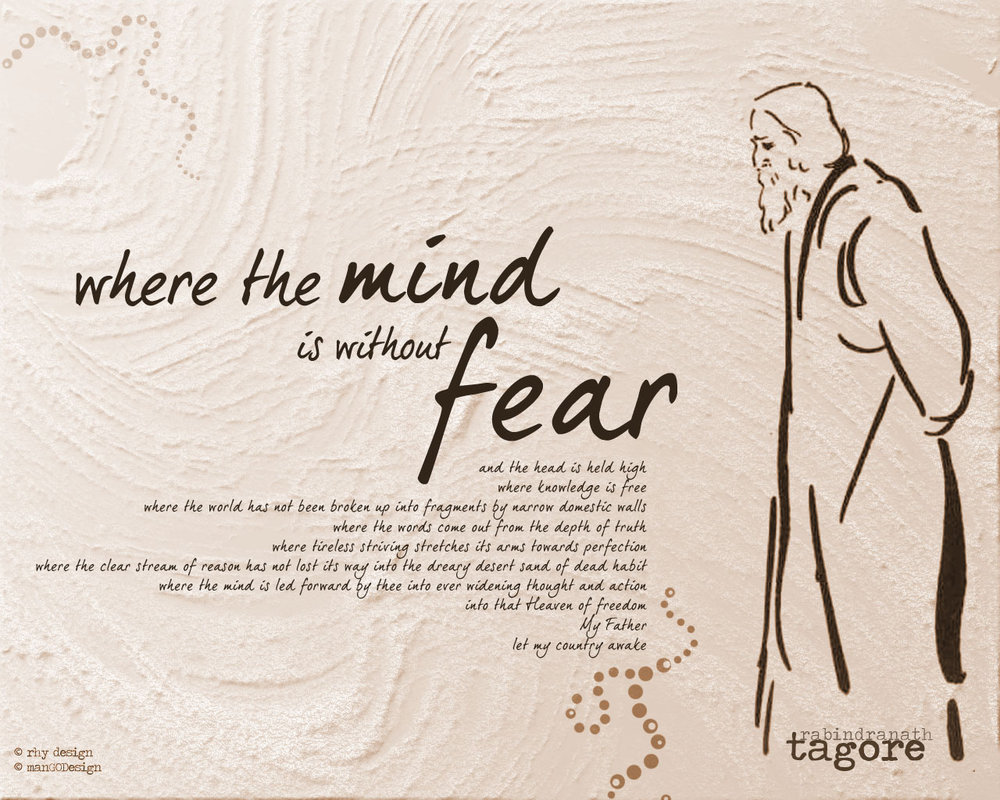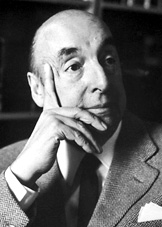This poem analysis is divided into three parts – context, rhyme scheme and poetic devices, sand deeper significance.
Context: This part of the poem explanation focuses on the context of publication, but more importantly, the context of writing ‘Mutability’. ‘Mutability’ was published in a posthumous collection of Rupert Brooke’s poetry entitled The Collected Poems of Rupert Brooke, which came out in the year 1915 – the year of his death itself. Writing as he did in the beginning of the twentieth century, Brooke can be firmly placed within the Modernist period of English literary history. Like all major writers of this period (such as Virginia Woolf), Brooke was aware that solitude and anomie were the predominant emotions experienced by the human mind at this time. With the shift from agriculture to industry, the move from to rural to urban areas, man became alienated from both his labour, and the products of his labour. With the invention of advanced transport systems like the underground subway or the metro, man began to spend hours sitting across from complete strangers on his way to work, and this was happening for the first time in recorded history. With the First World War, man saw death and destruction at a larger scale than he had ever encountered before. In a world like this, Brooke wondered if there was any place for long-lasting love at all. It is this doubt that he gave voice to in the poem ‘Mutability’.
Rhyme Scheme and Rhetorical Devices: ‘Mutability’ is a sonnet. A sonnet consists of fourteen lines divided into an eight-line unit known as an octet, and a six-line unit known as a sestet. The octet and sestet can together form a single stanza, or appear as two separate stanzas (which is the case in ‘Mutability’). Sonnets typically occur in two types of rhyme schemes – in the pattern ABBA ABBA CDE CDE , known as the Petrarchan sonnet, or in the pattern ABAB CDCD EFEF GG, known as the Shakespearian sonnet. In ‘Mutability’ neither of these patterns is followed in its entirety. The rhyme scheme of ‘Mutability’ is as follows: ABBA CDDC EFG EGF. Thus it is an atypical sonnet.
Brooke uses the rhetorical device of personification, in which a non-living object is endowed with the qualities of a human being, and the first letter in the word that is to be personified is written in upper case. Faith, Good, Wisdom, Truth and Love are all personified by Brooke in this poem. These are all important agents, whose presence makes the alternate world a more desirable place for Brooke than the phenomenal world. That is why he makes it a point to personify them.
Deeper Significance: Brooke’s description of the alternate world is bound to remind one of Plato’s ‘Ideal’ world. The phenomenal world, said Plato, is only a shadow of an ‘Ideal’ world that exists in the mind of God. Truth and Beauty exist in that ‘Ideal’ world, and so does Love. Specifically the allegory of the Cave, in which the men bound at their hands and feet only see shadows whereas the sun exists outside of the cave, is what Brooke alludes to in the fifth line of the first stanza. That a twentieth century poet should take recourse to Plato to speak of a world unlike his that is ravaged by war and alienation is a testament to how powerful and inspiring Plato’s theory is. The fact that Brooke capitalizes Faith, Good, Wisdom, Truth and Love could also be attributed to his thinking of them as ‘Ideal’ Forms (following Plato), for Brooke believes that only a shadow of these eternal emotions exists on earth. This shows that Brooke was keenly aware of the age in which he lived, and could express its desolation in relatively simple words and metaphors through his poetry.
Dear Readers- If this summary/analysis has helped you, kindly take a little effort to like or +1 this post or both. Make sure you like Beamingnotes Facebook page and subscribe to our newsletter so that we can keep in touch. We’ll keep informing you about stuffs that are really interesting, worth knowing and adds importance to you.
Some online learning platforms provide certifications, while others are designed to simply grow your skills in your personal and professional life. Including Masterclass and Coursera, here are our recommendations for the best online learning platforms you can sign up for today.
The 7 Best Online Learning Platforms of 2022
- Best Overall: Coursera
- Best for Niche Topics: Udemy
- Best for Creative Fields: Skillshare
- Best for Celebrity Lessons: MasterClass
- Best for STEM: EdX
- Best for Career Building: Udacity
- Best for Data Learning: Pluralsight
















